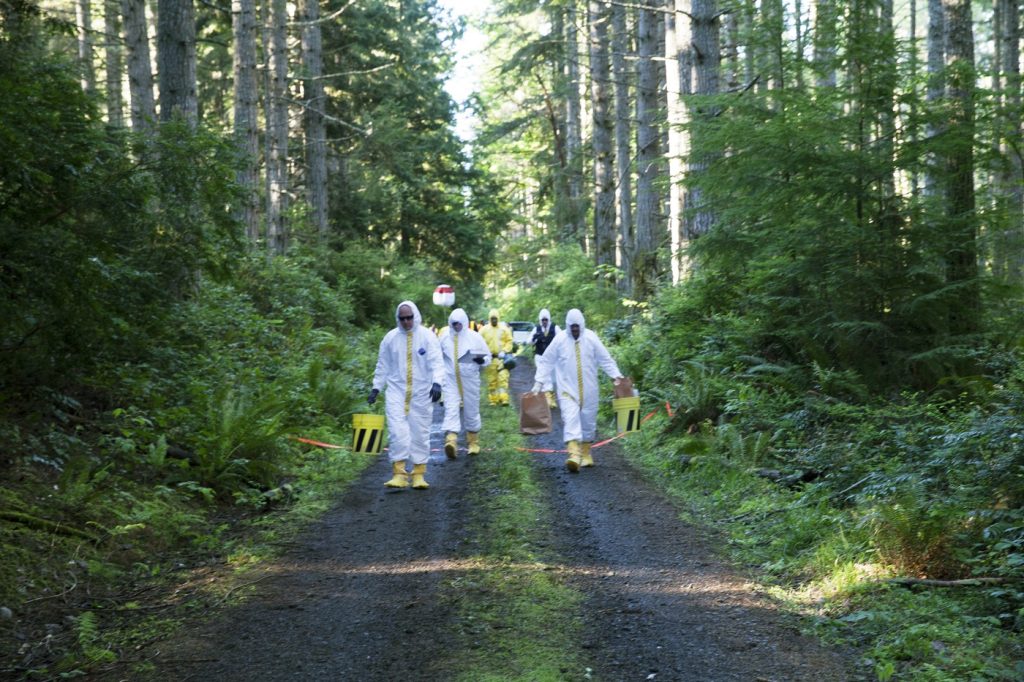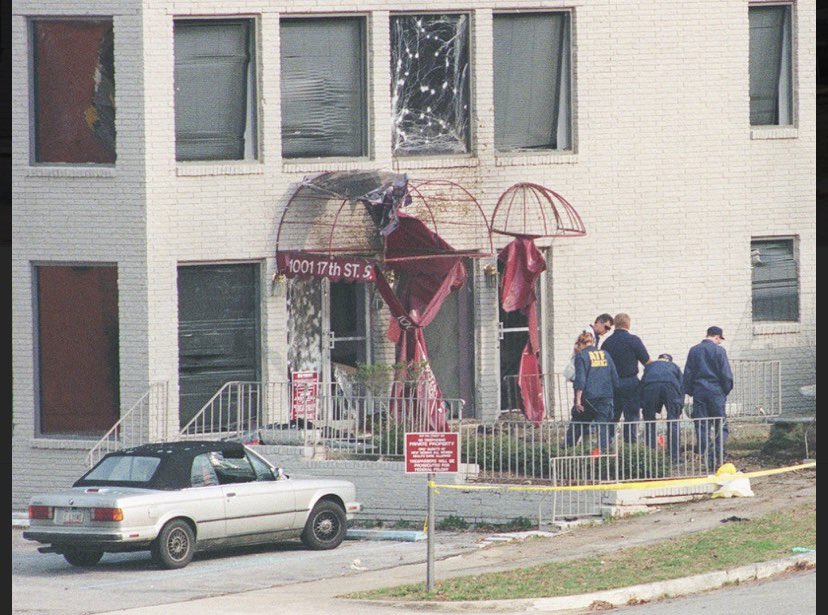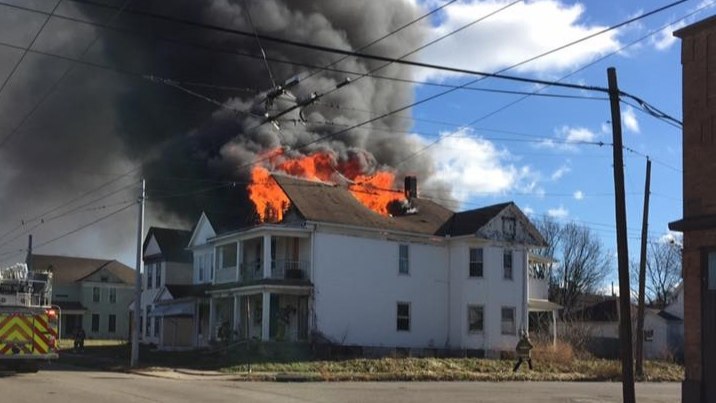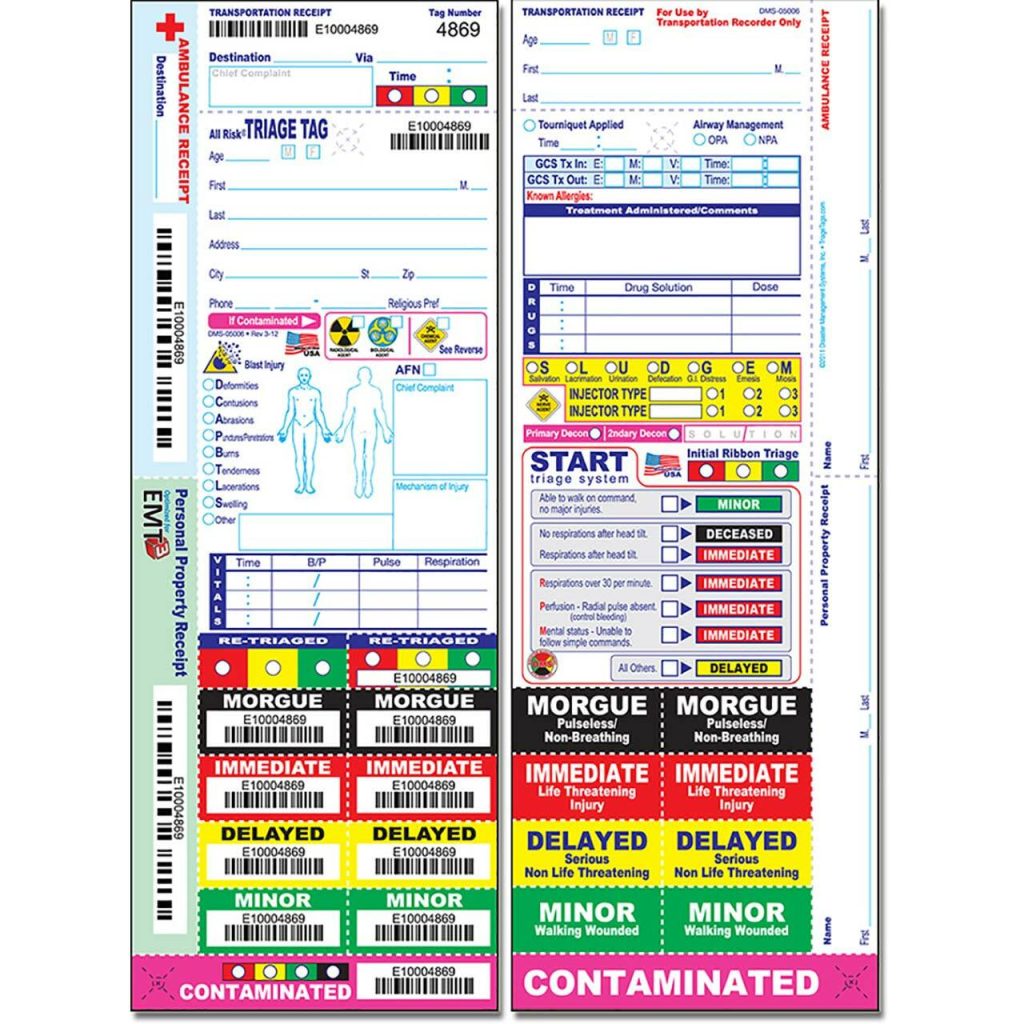How To Ensure The Scene Remains Safe At Weapons Of Mass Destruction Incidents
Published (updated: ).

What is a weapon of mass destruction (WMD)?
A weapon of mass destruction (WMD) is a nuclear, radiological, chemical, biological, or any other weapon that can kill and bring significant harm to numerous individuals or cause great damage to artificial structures (e.g., buildings), natural structures (e.g., mountains), or the biosphere. The scope and usage of the term has evolved and been disputed, often signifying more politically than technically. Originally coined in reference to aerial bombing with chemical explosives during World War II, it has later come to refer to large-scale weaponry of warfare-related technologies, such as chemical, biological, radiological, or nuclear warfare.
It’s more like a hazardous materials incident
The steps of a hazardous materials incident are:
- Identify the hazardous material
- Establish a perimeter based on the hazardous material to protect the public
- Contain the hazardous materials with dams, dykes, or plugging a hole
- Decontaminate patients then equipment
- Transport surviving decontaminated patients to the hospital for treatment and further decontamination

At a weapons of mass destruction, the added element of operating on what amounts to a battlefield is an other element of safety that must be addressed. Abortion clinic bombings in Atlanta and Birmingham reveal the distinct possibility of secondary devices intended to kill or maim rescuers to the scene. The efforts are intended to increase the killing power of these devices by denying the public the rescue capabilities their life will depend upon. For this reason (and the same reason for hazardous materials incidents), ambulances will stage in a safe area. When the patients are able to be transported, they will be brought to the ambulance by other rescuers.
Who needs to be safe?
The first priority for safety is the ambulance crew. If the scene suddenly becomes unsafe, nobody should expect the medics to still be on scene. Even if the medics have made contact with the patient, the medics have every right to leave when the situation becomes unsafe. The second priority is to protect the safety of the patient. The third priority is to ensure the safety of other responders.
One way to increase the safety of the ambulance crew and other responders is to ensure there are adequate personal protection equipment (PPE) for the call. The easiest way to ensure there is an adequate supply for every call is to hide some PPE in equipment like jump bags and oxygen caddies.
What does the ambulance crew do at a weapons of mass destruction incident?
An ambulance may be dispatched to a weapons of mass destruction incident for a variety of reasons just to stand by. There is likely to be patients who survive decontamination and may need care. Even if there were no patients, an ambulance could be dispatched to stand in the event rescuers need assessment or patient care. The ambulance crew may be needed to assist with other operations as needed.

The best example of a scene assessment is the fire department. When firefighters arrive on a scene, somebody walks around the scene looking for hazards, patients, or something else they need to know about. If the ambulance happens to be the first rescuers to arrive, the medics should do a 360 degree assessment so they can look for downed power lines, leaking fuels, smoke, or fire, broken glass or patient entrapment. The most important detail for the medics to appreciate from a 360 degree assessment is the mechanism of injury. Serious mechanisms of injury can be very subtle and require a trained eye to see.
What would a weapons of mass destruction incident look like? For one thing the ambulance crew would probably feel under dressed. Rescuers from all over would arrive wearing all levels of PPE and using equipment unfamiliar to the medics. There could be evidence of an explosion, the explosion could be small or very large. There could be dead bodies just lying on the ground. There could be a multitude of patients with red skin or coughing (depending upon the agent). Police departments from miles around (uniformed and plain clothed) would arrive to begin their investigations. The public should be prevented from entering the area. The medics may need to be aware and report any visitors from the general area to the incident commander.
Managing patients

The first priority is decontamination (if necessary). The problem with transporting contaminated patients to the hospital is that the medics and the hospital will also become contaminated. Primary decontamination (if needed) should be performed before the medics even see the patient. The reality of weapons of mass destruction incidents is that there is the potential for patients to die before or during decontamination.
Depending upon the number of patients, the ambulance crew may need to manage a multiple patient or mass casualty incident. A multiple patient incident is an incident that will require additional ambulances. A mass casualty incident is an incident that will require reverse triage methods to achieve a smaller number of fatalities. Mass casualty incident triage should only be used when the number of patients exceed what the local ambulance system can transport in a given period of time.
What about the medics?
The ambulance crew should always have an escape plan for any call, but especially if they were standing by at a weapons of mass destruction incident. Having the ambulance pointed in the direction of egress with no obstructions should be the standard when going to any call. The ambulance may be equipped with auto injector kits. If the medics are standing by at a weapons of mass destruction incident, they should probably locate and familiarize themselves with the operation of such devices.
